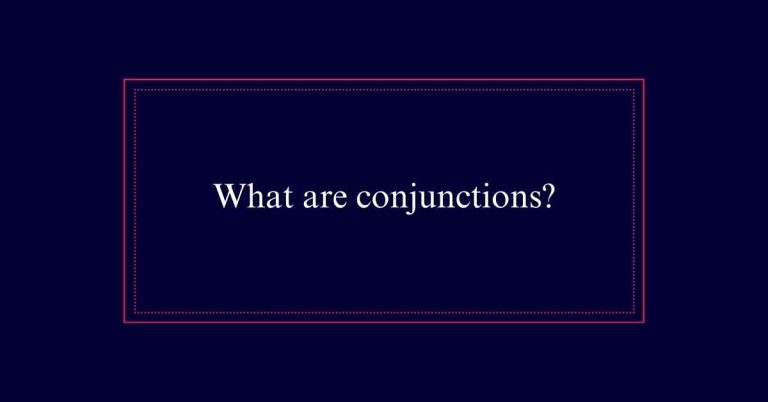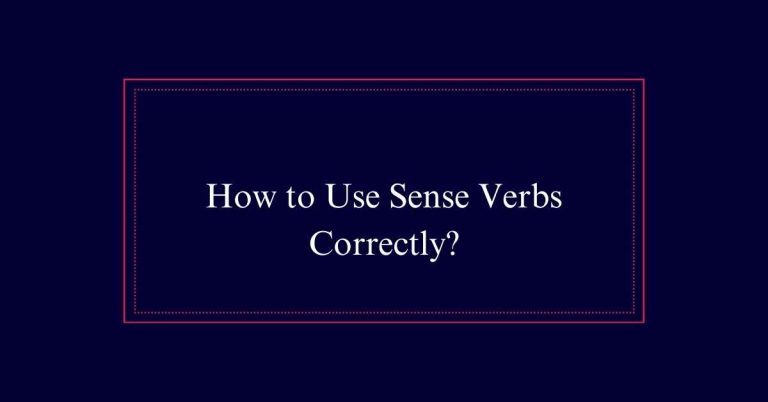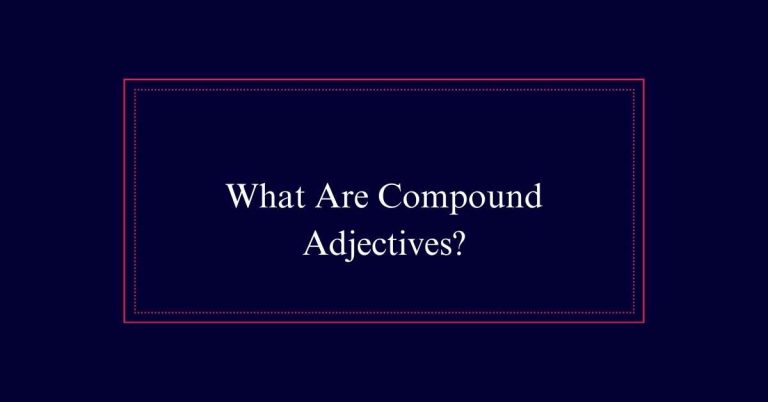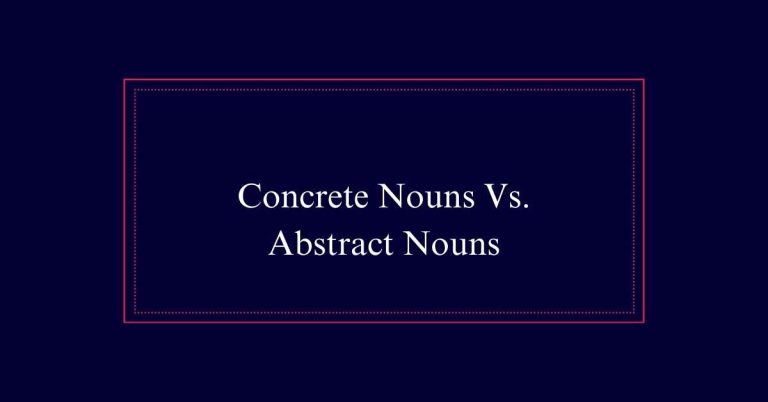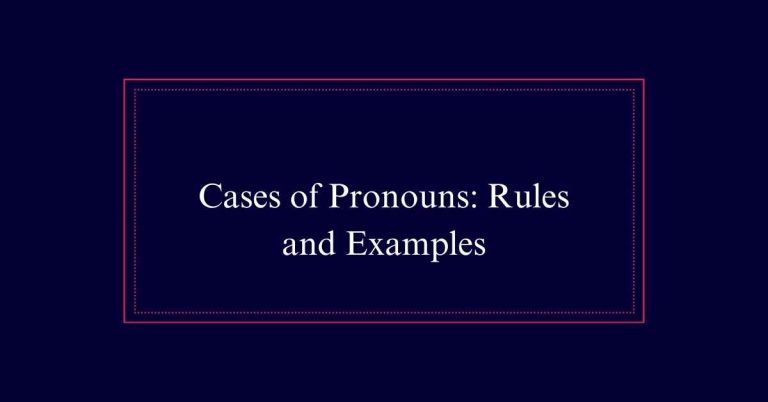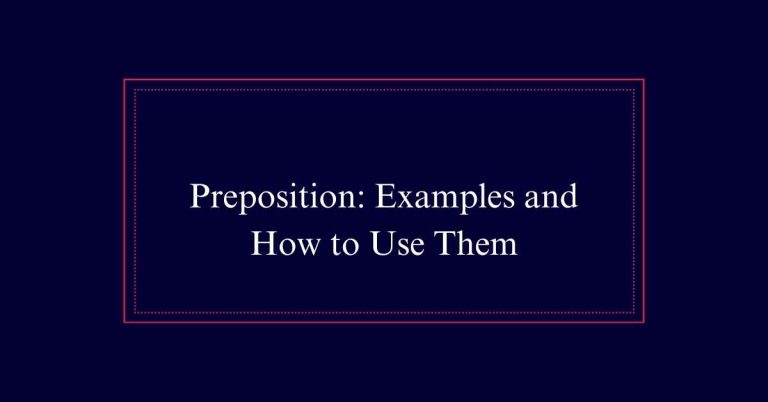Future Perfect Continuous Tense
The future perfect continuous tense describes actions that will be ongoing until a specific point in the future. It is formed using “will + have + been + verb present participle.” This tense highlights activities starting in the past, present, or future with a clear timeline. It is especially useful for emphasizing the duration of actions over time. Nonaction verbs, such as “to be” or “to know,” should use the future perfect tense instead.
Definition and Structure
The future perfect continuous tense describes actions that will be ongoing until a specific point in the future. It is formed using ‘will + have + been + verb present participle.’
This tense projects forward in time, capturing activities that start at any point—past, present, or future—and continue until the specified future moment. For instance, ‘She will have been working for three years by next June’ shows the duration of work up to June.
This tense is ideal for expressing actions with clear timelines, enhancing clarity in future event discussions. It is important to note that non action verbs are not suitable for this tense and should instead use the future perfect tense, such as ‘will have known.’
Time Projection
In projecting time forward, the future perfect continuous tense illustrates how actions will span up to a specific future moment. This tense helps convey the duration of ongoing activities that will be happening until a certain point in the future. It is useful for highlighting how long an action will have been occurring by a future date.
Here’s a quick reference table:
| Structure | Example |
|---|---|
| Affirmative | She will have been studying. |
| Negative | He will not have been sleeping. |
| Interrogative | Will they have been traveling? |
| Interrogative Negative | Won’t you have been working? |
Action Timeline
Understanding an action timeline involves pinpointing when activities will occur and how long they will continue into the future. This is crucial for using the future perfect continuous tense correctly. It highlights the duration of an activity that will extend up to a specific future moment.
For instance, an activity might start in the past, present, or future but will still be ongoing at a future point. The structure ‘will have been + verb present participle’ clearly marks this continuity. By mapping out the exact timeline, one can convey precise details about how long an action will persist.
This is essential for creating accurate and meaningful future projections in written and spoken communication.
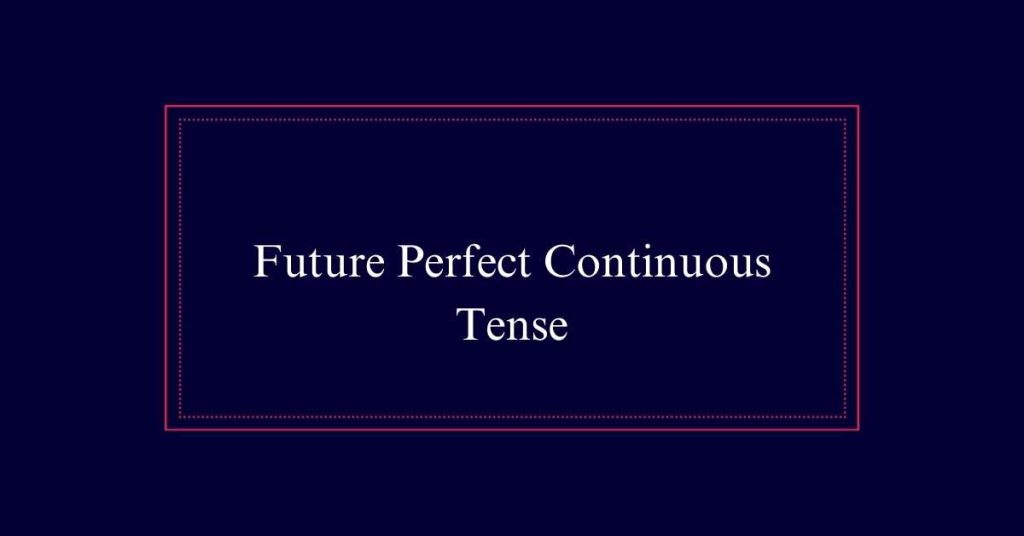
Examples and Usage
Many examples illustrate the proper use of the future perfect continuous tense in everyday contexts. For instance, ‘By next July, she will have been working at the company for five years’ shows an ongoing action concluding in the future.
Similarly, ‘By the time you arrive, I will have been waiting here for an hour’ emphasizes the duration of waiting. This tense is useful for highlighting the continuity of actions over time.
Another example is ‘They will have been studying for three hours before the exam starts.’ These sentences demonstrate how the future perfect continuous tense conveys the length of activities up to a future point, thereby providing a clear and detailed timeline of events.
Nonaction Verbs
While the future perfect continuous tense is effective for ongoing actions, nonaction verbs require a different approach.
Nonaction verbs, often referred to as stative verbs, include verbs like ‘to be,’ ‘to know,’ and ‘to seem.’ These verbs describe states or conditions rather than actions. They do not work well with the continuous aspect because they do not indicate an ongoing activity.
For such verbs, the future perfect tense is more appropriate. The future perfect tense uses the structure ‘will + have + past participle.’ For example, instead of saying ‘will have been knowing,’ it is more accurate to say ‘will have known.’
This approach guarantees grammatical correctness and clarity in conveying the intended meaning.
Appropriate Verb Forms
Selecting the appropriate verb forms is crucial for guaranteeing grammatical accuracy and clear communication. In the future perfect continuous tense, the structure typically used is ‘will + have + been + verb present participle.’ This structure is essential for indicating ongoing actions that will continue until a certain point in the future. To illustrate, consider the table below:
| Verb Form | Correct Usage | Example |
|---|---|---|
| Present Participle | will have been working | ‘She will have been working for hours.’ |
| Nonaction Verb | will have | ‘He will have known her for a year.’ |
| Action Verb | will have been playing | ‘They will have been playing soccer.’ |
Practical Applications
Understanding the practical applications of the future perfect continuous tense can greatly enhance both written and spoken communication. This tense is particularly useful in various professional and everyday scenarios.
Project Management:
It helps in outlining the duration of ongoing tasks, making it easier to manage timelines and expectations.
Education:
Teachers and students can use it to plan and discuss long-term projects, ensuring clarity in the progression of tasks.
Business Communications:
It offers precise descriptions of future activities, aiding in detailed planning and reporting.
Benefits and Advantages
The future perfect continuous tense provides a powerful tool for illustrating the duration of future activities with precision. It allows speakers and writers to convey how long an action will have been happening at a certain future point. This adds depth and clarity to descriptions of future events.
By highlighting the ongoing nature of an activity, it helps create a clear timeline. This enhances storytelling and narrative flow, making it easier to understand and visualize future scenarios.
Additionally, it is beneficial for planning and projecting future activities, as it provides a structured way to outline long-term actions. Overall, the future perfect continuous tense is invaluable for detailed and precise communication about the future.
Frequently Asked Questions
How Does Future Perfect Continuous Differ From Other Future Tenses?
The future perfect continuous differs by emphasizing the duration of an ongoing action up to a future point. Other future tenses, like future simple or future perfect, do not focus on the action’s duration.
Can Future Perfect Continuous Be Used in Informal Writing?
Yes, the future perfect continuous can be used in informal writing. It helps express ongoing actions up to a future point. However, simpler tenses are often preferred for clarity and ease of understanding in casual contexts.
What Are Some Common Mistakes With Future Perfect Continuous Tense?
Common mistakes include incorrect verb forms, mixing tenses, and using nonaction verbs. Often, learners misuse “will have been” with verbs like “know.” Ensuring proper subject-verb agreement and time expressions also poses challenges.
How Can I Practice Using Future Perfect Continuous Effectively?
To practice using future perfect continuous effectively, write sentences about future plans and activities, focusing on duration. Use worksheets, online exercises, and seek feedback from language instructors or peers to improve accuracy.

